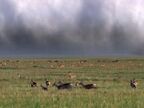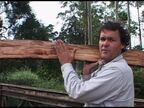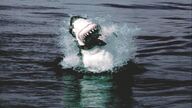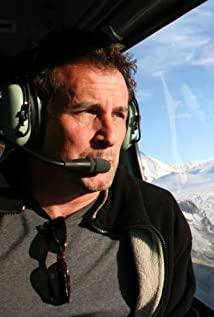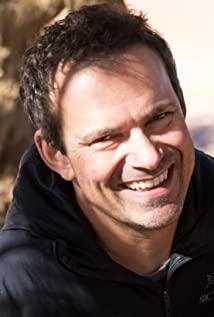Planet Earth background creation
2022-01-26 08:17
"Pulse of the Earth" cost 8 million pounds, and it took five years to produce. It took more than 2,000 days to conduct field investigations. A 130-person crew traveled to 62 countries and a total of 40 photographers were used to shoot in 200 locations. In order to make sure to take shots of animals struggling to survive, the film crew ventured to the farthest and most dangerous areas on the planet.
"Pulsation of the Earth" made an authoritative observation on the biodiversity of the earth. BBC spends a lot of money, using high-definition photography, revolutionary ultra-high-speed cameras, and delicate aerial satellite positioning, so that the lens can capture the most magnificent and magical pictures on the earth. It is by using these cutting-edge shooting techniques that the camera crew can expand their vision to the most difficult-to-reach areas on the planet and get in close contact with the cutest, most savage, and rarest animals.
When filming wolves hunting elk, the speed of wolves chasing prey made it difficult for the filming team to capture their prey from the land. In the end, the film crew used a system to stabilize the aerial camera, and finally tracked the survival competition from the helicopter for the first time. When you look down at the 3 million elk herd in northern Canada that are migrating across the polar tundra and are instantly scattered by the pack of wolves, this spectacular disturbance is enough to make you dazzled and upsurge. Not only that, but for the first time in the filming of the film, the Yangheng aerial camera invented by the US military was used to photograph the natural ecology. This kind of machine can shoot ultra-stable, ultra-clear close-ups from a kilometer away.
Extended Reading



